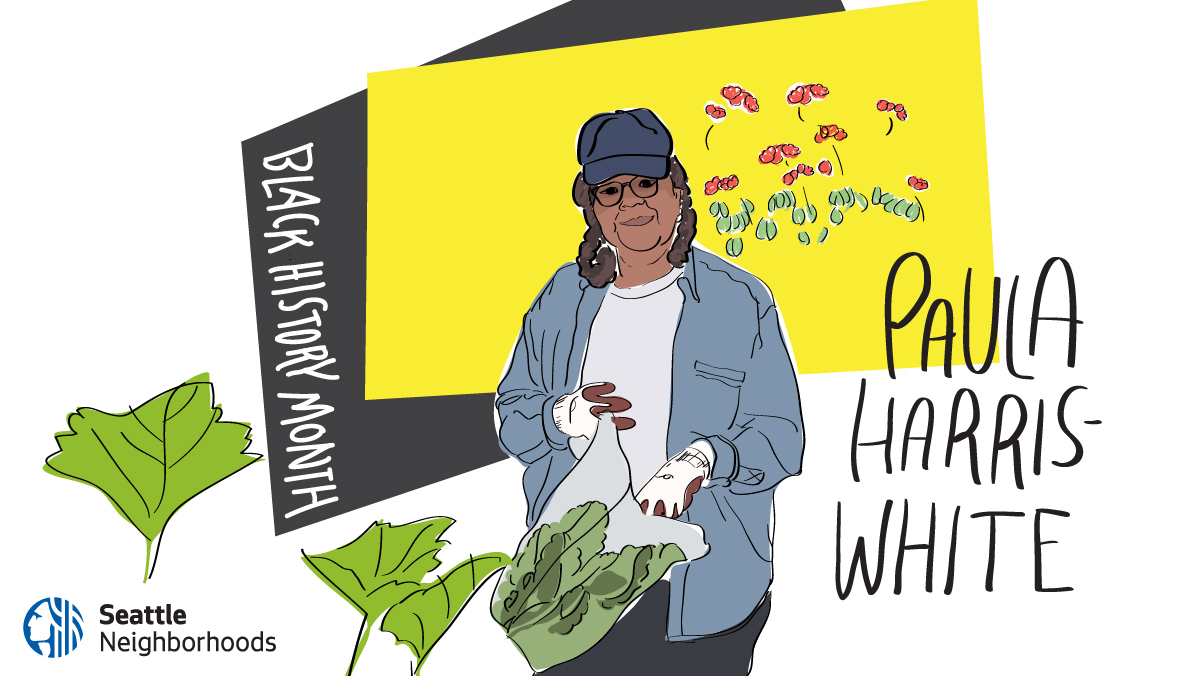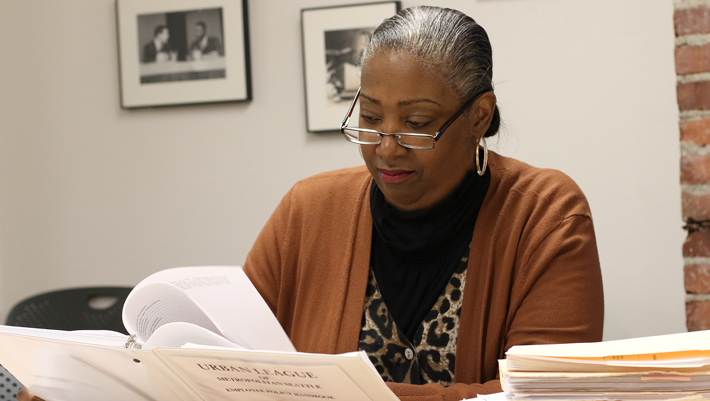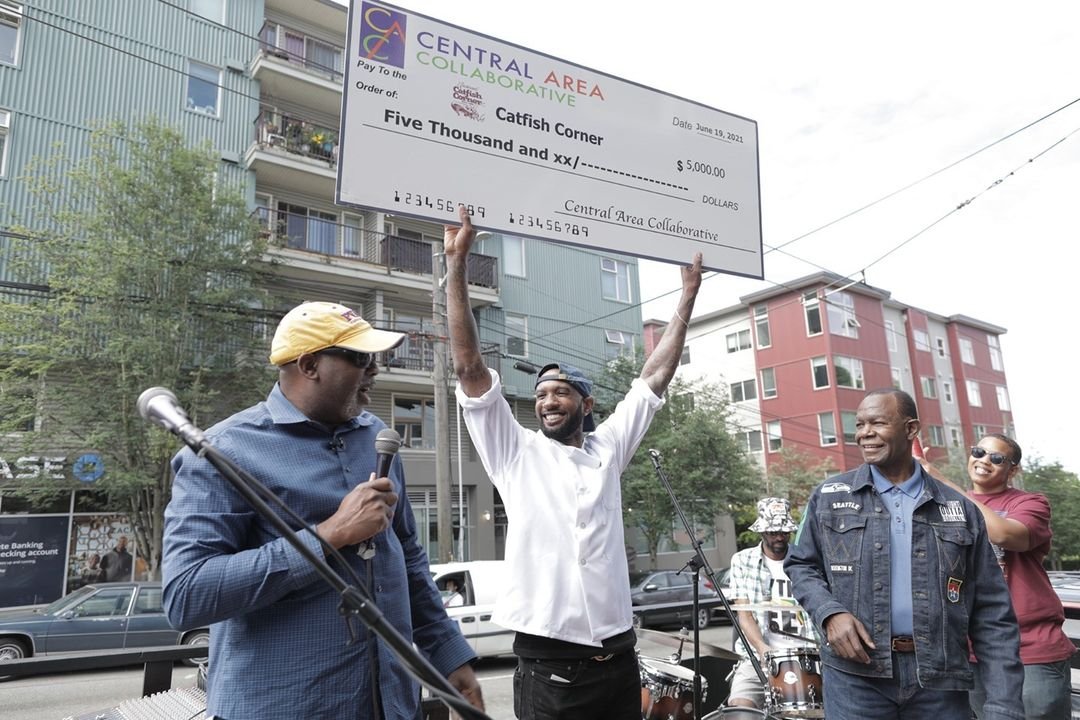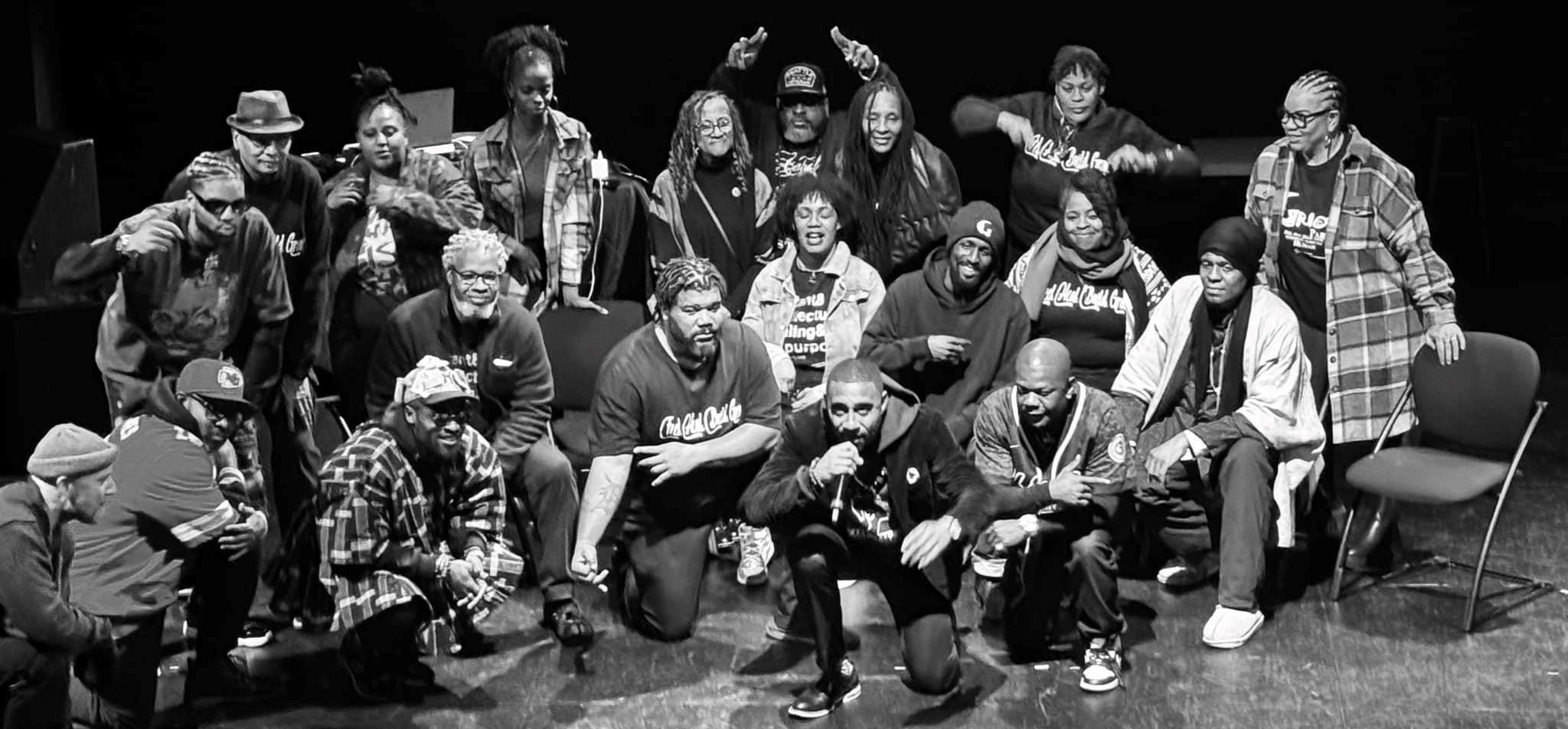
In celebration of Black History Month, we are hosting a series of profiles and stories to amplify and honor people, businesses, organizations, and events connected to the history of Seattle’s Black community.
My Gardening Story
by Paula Harris-White
Gardening has been a part of my life since I was a child. Every generation had a garden. My great grandparents owned a farm in Brooklyn before the turn of the 20th Century. Despite having to call on the police for protection from their white immigrant neighbors, they persevered and prospered. My grandparents had a beautiful garden behind their brownstone, and my parents grew vegetables and flowers in their yard. All were in communities they helped integrate.
I spent my early life in rural upstate New York. Many of my classmates came from families with farms and apple orchards. Others, like myself, were the children of the new economy as IBM and other corporations expanded outside of NYC. Very few of us were Black, so we created our own small community. My parents rallied with other Black parents to end Blackface performances by teachers at the local high school. We lived a life between the country and the city, my parents making sure we never lost touch with our family roots.
My mother always made sure my siblings and I had something to do during the summer. Early on, she decided to have a garden behind our house. Part of the yard was craggy and uneven, sloping down towards the house. Because of this topography, we could climb out of our bedroom windows and drop gently into our backyard, much to our parent’s chagrin. This is the landscape my mother chose to excavate, level, and put in a vegetable garden.
All summer long we worked on the back yard, digging, moving stones by the wheelbarrow, raking soil into new patterns. Slowly, the garden emerged. When we weren’t working on the garden, we were free to roam, and roam we did. Life was much simpler then, so my mother never worried about us on our adventures. We also had a collie named Sandy who kept us out of trouble.
We grew all kinds of vegetables– tomatoes, green and wax beans, corn, lettuce, peppers, zucchini, and cucumbers. Our food was grown without preservatives. My mother knew how to can vegetables and fruits, so we were able to receive help from the harvest all year. She made succotash, applesauce, and apple butter, as well as jams and jellies. When I later began to garden in earnest, I wished I had paid more attention to her culinary skills. Looking back, I realize what a blessing it was to grow up, eating fresh food, grown and prepared with love.
When I grew older, I married and moved back to Brooklyn. We lived in a brownstone similar to my grandparents’ home, in a neighborhood that had become beautifully Black. A few blocks away, my grandmother had once had a tranquil backyard with gorgeous forsythia blooms. It was like a little oasis in the city. I envisioned creating a similar space and tried my best. We started out by digging up the backyard in the early spring. Little did I know that I was digging up and discarding dormant forsythia plants! I tried for years to grow vegetables there; it did not work. I later moved my efforts to the front yard trying tomatoes and basil. It was an incredible success.
When we moved to Seattle, I heard about the P-Patch community gardens found all over the city. I applied, and we were eventually assigned a plot in 2009. I was ecstatic! We were one of the very few BIPOC gardeners in the garden. Over time, our P-Patch community became more diverse.
Our first plot was in terrible condition, with a window frame (!) and other rubbish left behind by the prior gardener. The plot was overgrown with weeds and the dirt was hard-packed. A fellow new gardener kindly offered to rototill our small plot, which he did. Our youngest son turned over the soil with a spade as we raked the weeds and rocks out of the plot. We tried “square foot gardening” for some crops – celery, beans, onions, etc. – and we planted rows of corn behind the carefully measured plot. We were not ready for the size of the plants, which quickly outgrew the square plot. We were grateful for our first harvest and quickly planned for our next season. We became part of a gardening community.
Over time, we moved from plot to plot, always leaving the plot better than we found it. We raised tomatoes, peppers, squash, cucumbers, beans, lettuce, and a variety of herbs. One year our garden was vandalized during the summer. We were able to figure out who the vandals were and had been called names a fellow gardener would not repeat. It felt racially motivated, and I thought about not returning to the garden as I no longer felt safe. Our fellow gardeners rallied around us and helped us salvage and replant what we could. I appreciated them and being a part of a caring community.
Finally, in late summer 2019, we moved to a plot that had been abandoned. What a challenge! We were now older gardeners, so we decided to split the garden into thirds, with raised beds on the two sides and a center path. We transplanted the rosemary, lavender, sage and other herbs and finished it in the fall of 2019. We happily planned our first crops for 2020 over the winter.
In 2020 Covid hit, and we almost gave up our garden. We worried about catching the virus while gardening but we also wanted to use the beautiful new garden of our dreams. Finally, in May, we returned and reconnected with fellow gardeners. We cautiously greeted them, as we all were masked up. We decided that we had to garden, which was the right decision. Our garden became our oasis, our quiet tranquil place. We tried new plants – red potatoes, new tomato and pepper varieties, beets, celery, and others. Everything thrived in our new garden. We would spend an hour daily in the garden, enjoying the sun, watering, and fertilizing. Weeding was a joy. Sometimes our daughter would join us. I felt closer to my ancestors as I recreated the gifts that they had given me. Healthy food grown with love, tranquil spaces, a connection with them and life.



